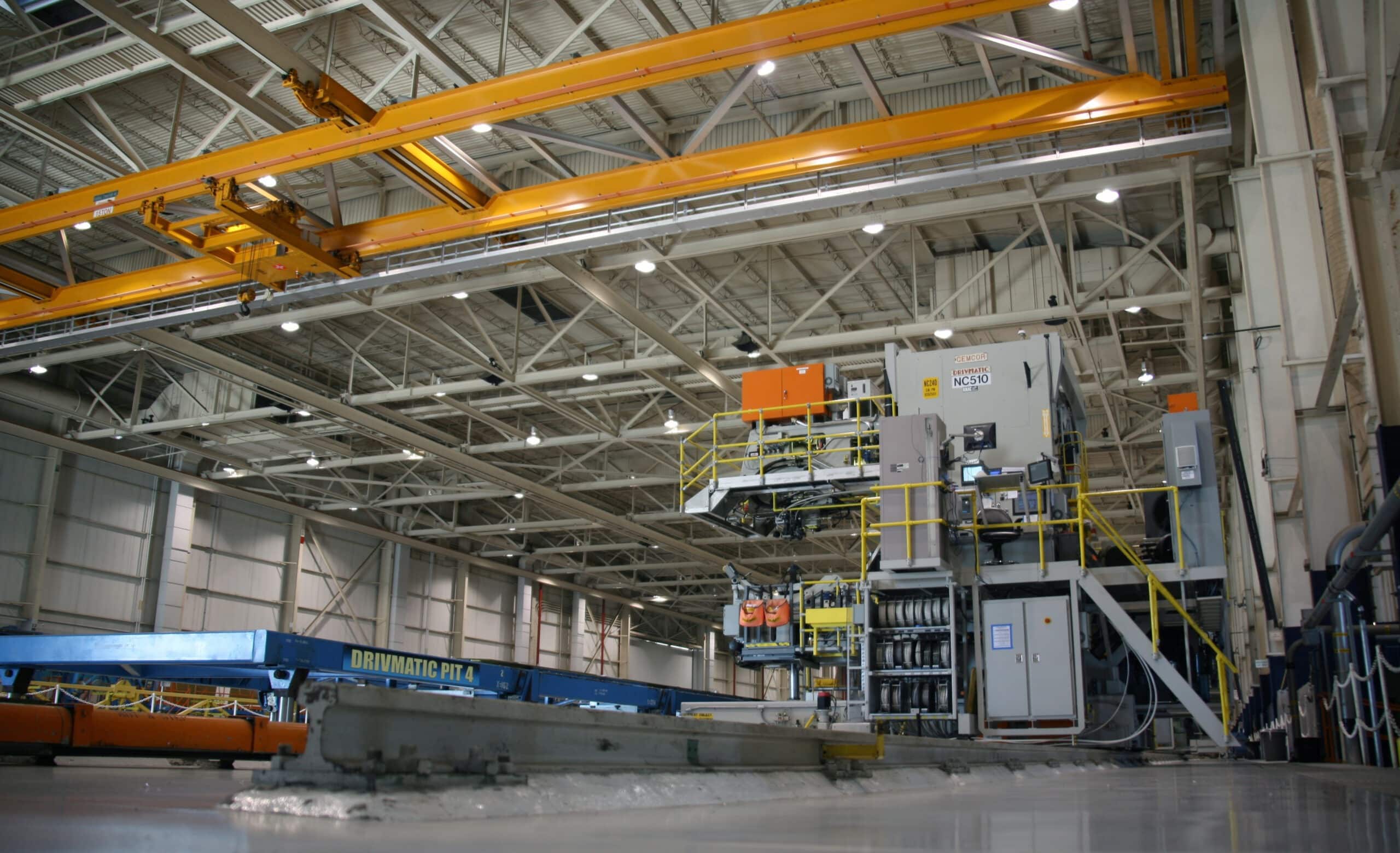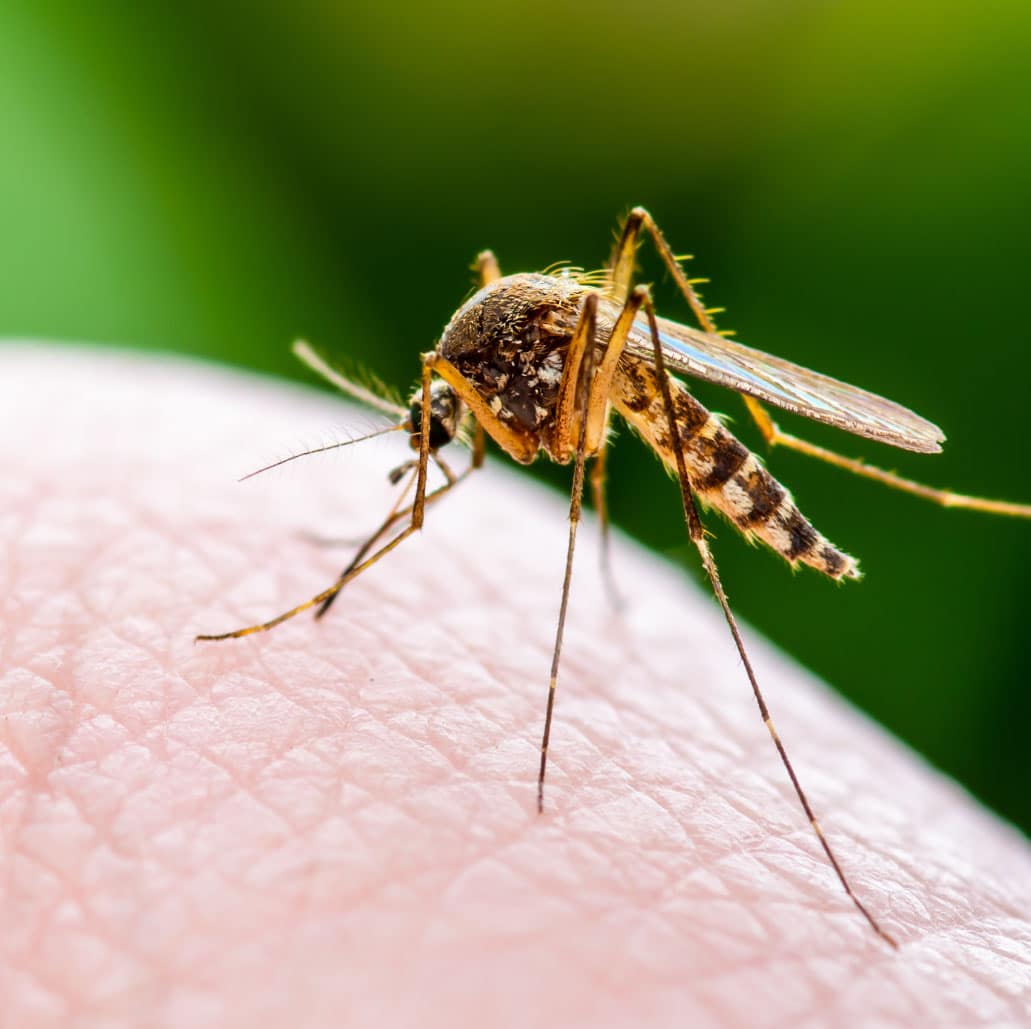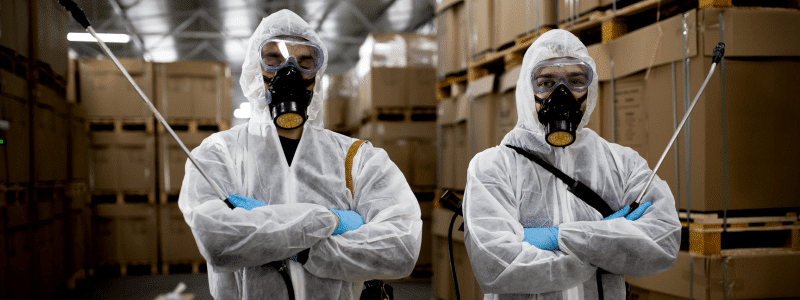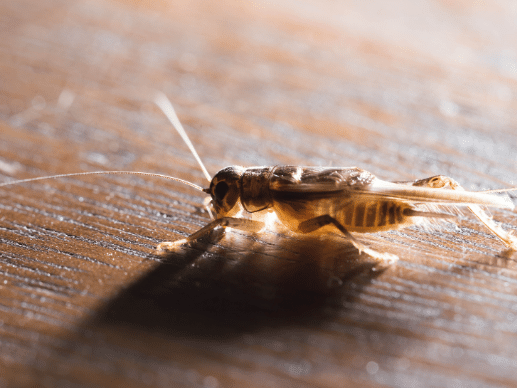Pests seek out food, water, and shelter. In the Winter, they look for warmth, and in the Summer, they search for a cool environment. No matter what, rodents and insects will always be interested in entering your buildings. What’s important is that you stay on top of deterring pests from getting in.
In this blog, we’ll look at the following topics:
- Overview of Integrated Pest Management (IPM)
- Understanding the Unique Needs of Government Facilities
- Core Principles of Integrated Pest Management (IPM)
- Implementing IPM in Government Facilities
- Chemical Control in IPM: A Strategic Approach
- Employee Involvement and Training
- Working with Pest Management Professionals
- Documenting and Evaluating IPM Strategies
Overview of Integrated Pest Management (IPM)
One of the vital forms of pest control for government facilities is integrated pest management (IPM). IPM focuses on changes to the environment before the use of chemicals to minimize the need for pesticides. For example, IPM experts will seek out gaps in the foundation of a building and close these up to prevent pests.
Understanding the Unique Needs of Government Facilities
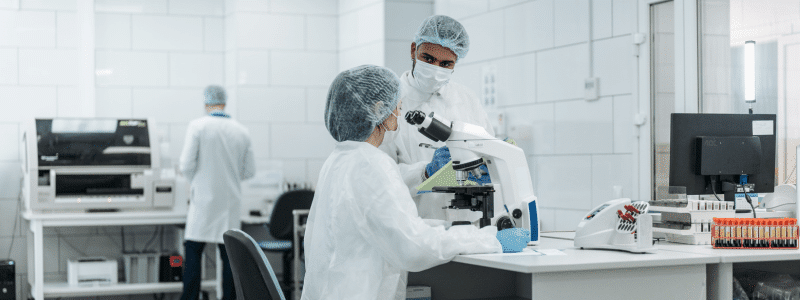
Varied Spaces, Varied Pest Challenges
Government facilities is a broad term. These include public transport locations, public schools and colleges, courthouses, embassies, and public housing developments; the list goes on. With such a wide range of building types, there’s no denying that pests will be a frequent issue.
Compliance with Regulations and Safety Standards
Government buildings safely manage pests through compliance with regulations and safety standards. These include strict adherence to the following laws:
Federal Insecticide, Fungicide, and Rodenticide Act (FIFRA)
All pesticides sold or distributed in the United States (including imported pesticides) must be registered by the EPA.
Federal Food, Drug, and Cosmetic Act (FFDCA)
Establishes pesticide tolerances for all pesticides used in or on food to ensure that residue levels in or on food and animal feed do not exceed the maximum permissible limits.
Food Quality Protection Act of 1996 (FQPA)
Requires a “reasonable certainty of no harm” assessment for pesticide registration on food or feed under amended FIFRA and FFDCA. Each pesticide registration must be reviewed at least once every 15 years.
Pesticide Registration Improvement Act of 2003 (PRIA)
Sets the fees and timelines for pesticide registration procedures for companies and the EPA.
The EPA must evaluate the potential risk of pesticides to endangered or threatened species and their habitats.
Core Principles of Integrated Pest Management (IPM)
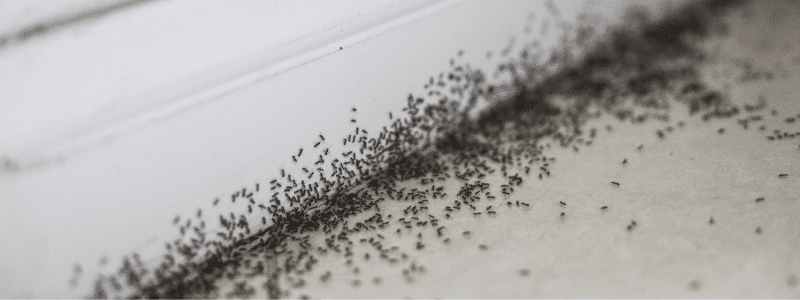
Identification: Understanding the Pests You’re Dealing With
Rodents
Mice and rats pose significant threats to government buildings by carrying over 35 diseases spreading contaminants through feces, urine, saliva, and bites. Once inside a building, these rodents infiltrate every area, leaving evidence of their presence, such as droppings and bite marks, increasing the risk of foodborne illness outbreaks.
Ants
Ants can damage items by chewing through packaging. They gather in large numbers and can carry bacteria like E. Coli and salmonella, spreading them on surfaces. In winter, ants hide in their tunnels, but in spring, they become highly motivated to find food, potentially entering your building in search of it.
Flies
With their small size and flying ability, flies easily access different places. Despite seeming less alarming than rodents or cockroaches, they carry diseases like food poisoning and dysentery. Entering buildings through open doors and windows, they spread germs, posing a risk to people. Flies are dormant in winter, and some species, like the cluster fly, begin their life cycle in spring. If you notice a sudden increase in flies, they may have been in your building, waiting to hatch in the spring.
Cockroaches
Cockroaches are difficult to eliminate once they invade. Like other fall pests, they seek warmth and can squeeze through gaps in your building’s foundation. Similar to rodents, cockroaches are disease carriers. They can access food and shelter through small entry points in your building, contaminating surfaces with diseases like cholera and dysentery.
Bed Bugs
Bed bugs don’t spread diseases, but they will bite and feed on human blood.
They flourish in various environments, preferring cushioned or fabric materials. Likewise, bed bugs are challenging to spot and difficult to get rid of without professional pest control.
Stored Product Pests
Stored product pests like grain and flour beetles, rice weevils, and Indianmeal moths can contaminate packaged items, especially food. The infestation often begins in the warehouse during the shipment. Once in your building, these pests can multiply and spread to other products and packages.
Monitoring: Keeping a Close Eye on Pest Activity
Pests leave behind proof of their presence. Look for chew marks, dead bugs, and feces in packages or cardboard. Similarly, pests can leave behind foul odors or make sounds as they scurry through walls and floorboards.
Implementing IPM in Government Facilities
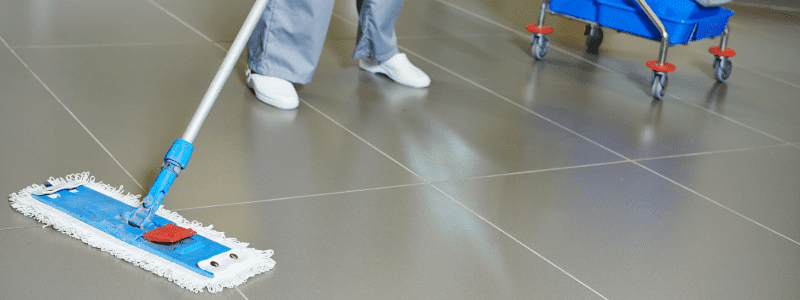
You can take steps to stop pests from getting into your facility. This includes a combination of modifying the environment and practicing certain habits.
Sanitation Practices to Deter Pests
- Avoid built-up moisture and humidity
- Remove open water sources (e.g., spills, open jugs, stagnant water in sinks, etc.)
- Remove material piles that provide damp or dark hiding places (e.g., cardboard boxes, wood piles, trash, clutter, etc.)
- Proper food storage ensures food is fully sealed and at least six feet off the floor.
- Properly and frequently dispose of leftover food and trashbags
Structural Maintenance: Essential for Pest Prevention
- Seal openings and cracks in walls, corners, and windows
- Keep entry points closed and not propped open for long periods
- Utilize floor sweeps and screens on vents
Biological Control Methods in IPM
Biological control methods used in IPM introduce a natural predator to the environment to target organisms. These can be bugs that are harmless to people and the environment but will feed on pests. For example, where there’s an infestation of mites that can bite and irritate human skin, you can introduce ladybugs, one of their natural predators. The ladybugs will feed on the mites and naturally rid your plants and other areas of the pests long-term.
Chemical Control in IPM: A Strategic Approach
Selective Use of Pesticides in Government Buildings
IPM uses pesticides when other methods aren’t strong enough or suitable. This could be severe infestations of a difficult pest species or needing to cover a large area like an agricultural setting. In government buildings, pesticides are most likely to be used to eliminate large or serious infestations.
Understanding the Impact of Chemical Treatments
Chemical treatment requires time to set, which means you’ll need to keep the area clear of people until pest control says otherwise. This could be several hours to a couple of days, depending on the severity of the infestation.
Employee Involvement and Training

Educating Staff on Pest Prevention Techniques
One of the primary ways to prevent pest infestations is to teach your staff to recognize and report the signs. Early intervention allows you to prevent infestations that may develop into a much bigger issue.
Reporting Protocols: The Role of Government Employees in IPM
Often, the specific government agency or management is responsible for informing others, including staff, students, residents, and whoever will be in the building, of scheduled pest control appointments. This responsibility may vary depending on the local regulations and policies.
Working with Pest Management Professionals
The Role of Experts in Developing an IPM Plan
Your pest control team will evaluate and assess the building’s condition, including risk factors, the presence of pests, and the best way to create a pest-free environment. Let them know your concerns and preferences, such as the best time to do an extermination or any pests you suspect in the building. This way, they can develop a plan for effective pest management.
Documenting and Evaluating IPM Strategies
Record-keeping for Compliance and Continuous Improvement
Records are kept to show proof of compliance with required policies and procedures. This includes the proper use of pesticides, as mentioned earlier, and documentation of past infestations and treatments.
Regular Assessments and Adjustments to IPM Plans
As you continue working with an IPM team, they’ll consider changes made to the environment, what’s worked, what’s been ineffective, and whether new issues have emerged. This allows them to adjust the original IPM plan to stay on top of commercial pest control at your facility.

